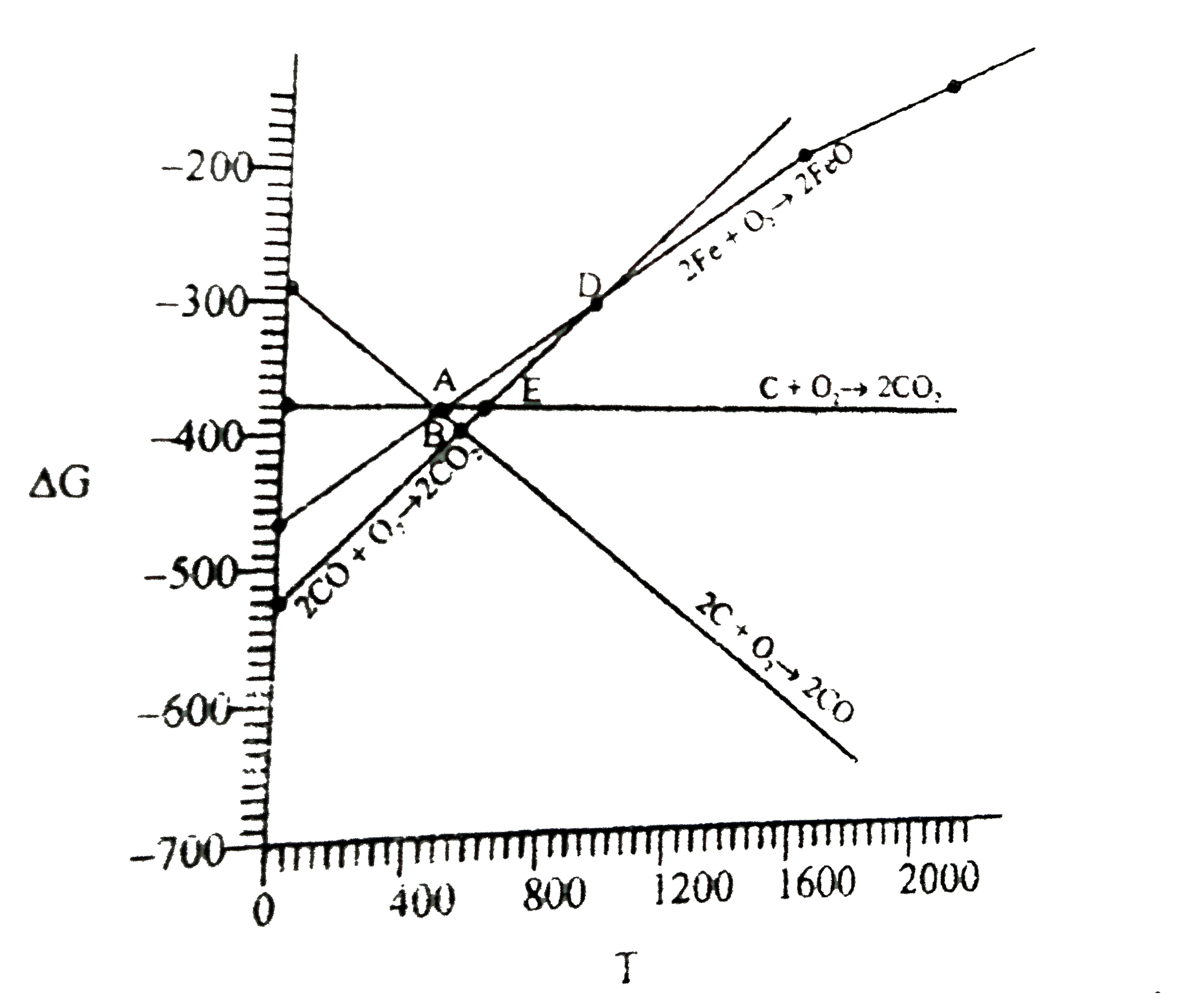Carbon monoxide is observed by :Solution in Odia
ammoniacal cuprous chloride
pyrogallol
chloroform
CCl4
The correct Answer is:A
Step by step video, text & image solution for Carbon monoxide is observed by : by Chemistry experts to help you in doubts & scoring excellent marks in Class 12 exams.
Updated on:21/07/2023Topper's Solved these Questions
Similar Questions
Define the term solution.
View Solution500 ml oxygen at a pressure of 700 mm, 300 ml hydrogen at a pressure of 750 mm and 700 ml of nitrogen at a pressure of 600 mm are enclosed in a vessel of 1 litre capacity at 25∘C. Calculated the total pressure of the gas mixture.
View SolutionThe enthalpies of combustion of carbon and carbon monoxide are −393.5 and −282.5KJmol−1 respectivaly. The enthalpy of formation of carbon monoxide per mole is:
View SolutionThe hybridisation of carbon in carbon monoxide is
View SolutionCarbon monoxide is not
View SolutionA mixture of carbon monoxide and carbon dioxide is found to have a density of 1.7g/lit at S.T.P. The mole fraction of carbon monoxide is
View Solutionकार्बन तथा कार्बन मोनोऑक्साइड के दहन की एन्थैल्पी क्रमश : −390kJ तथा −278kJ है । कार्बन मोनोऑक्साइड के सम्भवन की एन्थैल्पी है -
View SolutionThe enthalpies of combustion of carbon and carbon monoxide are -390 kJ and -278 kJ respectively. The enthalpy formation of carbon monoxide is
View SolutionCarbon monoxide is ________.
View SolutionThe heats of combustion of carbon and carbon monoxide are −393.5and−283.5kJmol−1 respectively. The heat of formation (in kJ) of carbon monoxide per mole is:
View Solutionदहन ऊष्मा किसी पदार्थ के एक मोल (ग्राम अणु) के पूर्ण रूप से ऑक्सीकृत होने (अथवा जलाने) पर जितनी ऊष्मा उत्पन्न होती है, उस पदार्थ की दहन ऊष्मा कहलाती है।
उदाहरण
CH4+2O2→CO2+2H2,ΔH=−24 किलोकैलोरी
H2+12O2→H2O,ΔH=−68.3 किलोकैलोरी
कार्बन तथा कार्बन मोनोऑक्साइड की दहन एन्थैल्पी क्रमशः - 393.5 तथा –283 किलोजूल मोल−1 है। कार्बन मोनोऑक्साइड की उत्पादन एन्थैल्पी प्रति मोल है
View SolutionWhat is the valency of carbon in carbon monoxide?
View SolutionBelow point 'A' FeO can __________

(a)be reduced by carbon monoxide only.
(b)Be reduced by both carbon monoxide and carbon.
(c)be reduced by carbon only
(d)not be reduced by both carbon and carbon monoxide
View Solutionwhich law is observed by two oxides of carbon i.e. carbon monoxide and carbon dioxide.
View SolutionCarbon monoxide is not :
View Solution